1886 CRESCENT HOTEL & SPA
A Glimpse Into Our Past
Steeped in rich heritage and a storied past, the Crescent Hotel and Spa stands as a timeless landmark with a captivating tale to tell. Originally built in 1886, the Crescent Hotel has witnessed the passage of time, embodying the essence of bygone eras while embracing the present.
Built as a luxury retreat for affluent travelers, the Crescent Hotel has played a significant role in the community, becoming an iconic symbol of elegance and hospitality.
The history of the Crescent Hotel extends beyond its opulent facade. It has also witnessed periods of transformation, with the building taking on various functions over time.
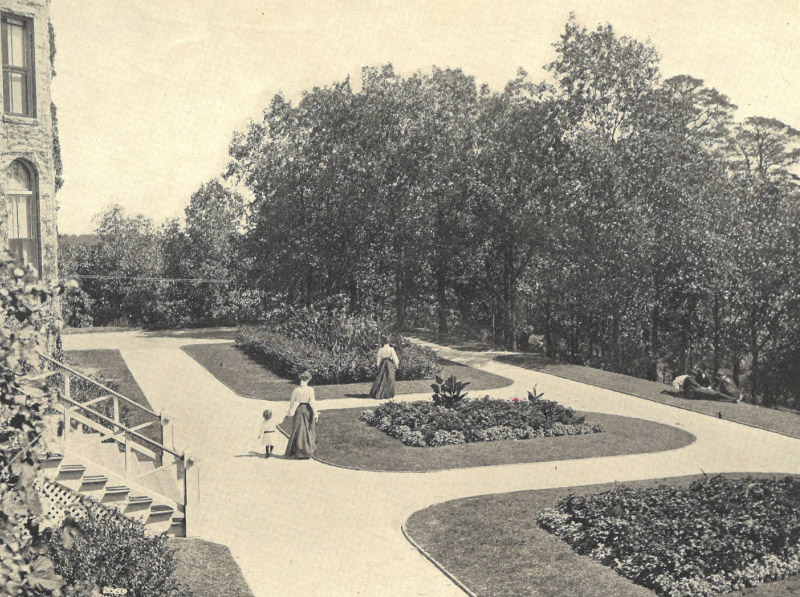
The Birth of Eureka Springs in 1879
In the year 1879, nestled amidst the breathtaking landscapes of the Ozark Mountains, a remarkable town emerged, known as Eureka Springs. Native Americans originally discovered this haven of natural springs with healing properties, surrounded by lush forests and rugged cliffs. News of this mystical place spread, drawing people from far and wide in search of solace and rejuvenation. Eureka Springs quickly blossomed into a vibrant community, as enterprising individuals flocked to the area, yearning for a touch of magic in their lives. By 1880, 2000 homes had appeared and over 15,000 people were residing in Eureka Springs.
Governor Powell Clayton, a visionary leader with a keen eye for progress, recognized the immense potential of Eureka Springs and was determined to unlock its full splendor. In the late 19th century, Clayton, in collaboration with the Eureka Springs Improvement Company, embarked on a transformative endeavor that would forever shape the town’s destiny. Realizing the importance of connectivity, Clayton orchestrated the arrival of the Frisco Railroad to Eureka Springs, a groundbreaking development that would revolutionize transportation and open new avenues for growth. As the train tracks reached the picturesque town, an air of excitement and possibility permeated the air. The Eureka Springs Improvement Company, understanding the town’s burgeoning reputation as a healing retreat, knew that a grand resort hotel was a necessity to cater to the influx of visitors. Thus, they set their sights on creating a haven of opulence and elegance. In 1886, the iconic Crescent Hotel, an architectural masterpiece, majestically stood atop Crescent Mountain, offering breathtaking views and luxurious accommodations.
The construction of the Crescent Hotel commenced in 1884, marking the beginning of a magnificent architectural endeavor. The hotel was envisioned as a luxurious retreat that would showcase the region’s natural beauty. After two years of meticulous craftsmanship and attention to detail, the Crescent Hotel reached completion in 1886, standing as a testament to the era’s architectural brilliance.
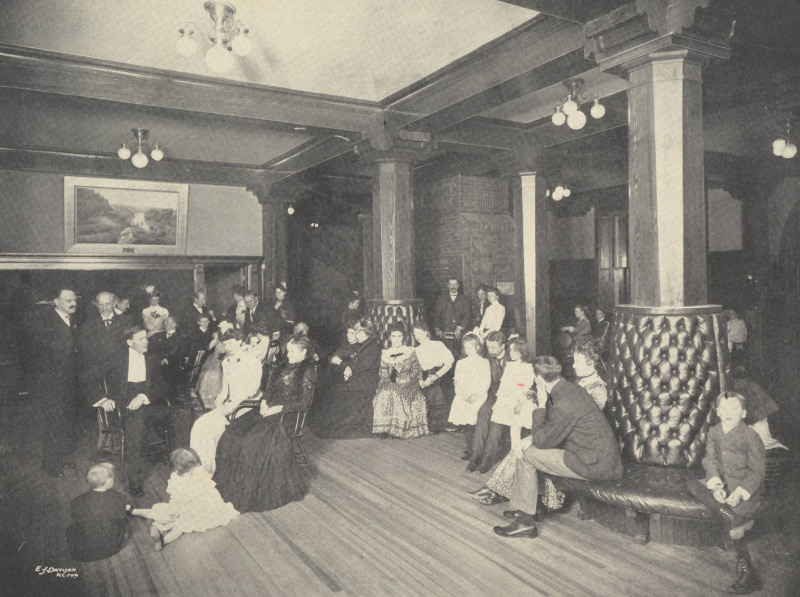
The Grand Debut of the Crescent Hotel in 1886
Following its grand opening in 1886, the Crescent Hotel swiftly established itself as a premier destination for the elite and well-to-do. The lavish accommodations, breathtaking views, and top-notch amenities drew guests seeking a respite from their bustling lives. The hotel quickly gained a reputation for its opulent ballrooms, exquisite dining experiences, and exceptional service.
For the next fifteen years, the hotel was operated by the E.S.I.C and was an exclusive hot spot for the elite.
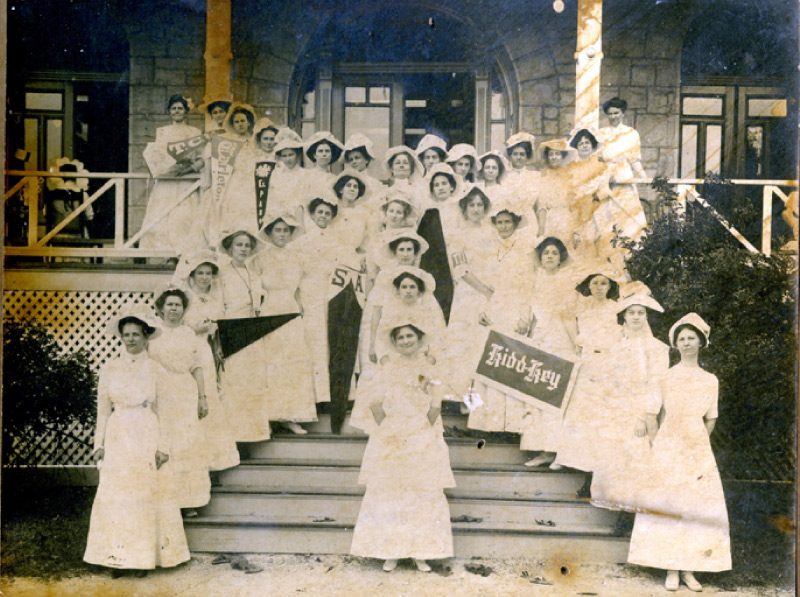
Embracing Change: The Birth of the Crescent College
In 1902, the hotel was leased to the Frisco Railroad for five years. Due to slow business in the winter, Crescent College opened and provided education to females until 1934.
The college flourished, offering a comprehensive curriculum and fostering a vibrant academic community. The Crescent College provided young women with exceptional educational opportunities, empowering them to pursue knowledge and personal growth. Over the years, the college gained a reputation for its commitment to excellence, attracting students from across the country. Although the Crescent College for Women eventually closed its doors in 1934, its legacy remains embedded in the hotel’s rich tapestry, commemorating an era of female education and empowerment.
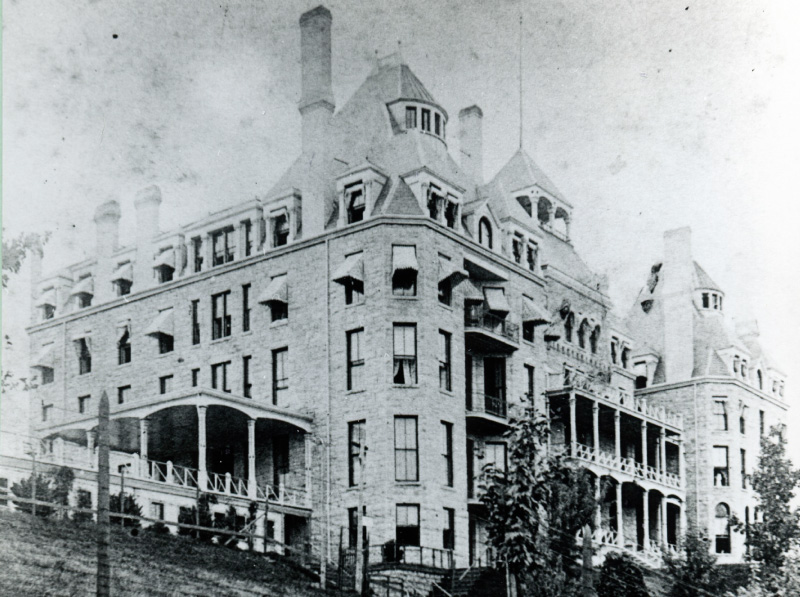
1925: A Shift in Ownership
On February 21, 1925, Claude Fuller, former mayor and U.S. Congressman from Arkansas’ Third District, and Albert G. Ingalls, Eureka Springs Mayor purchased the hotel.
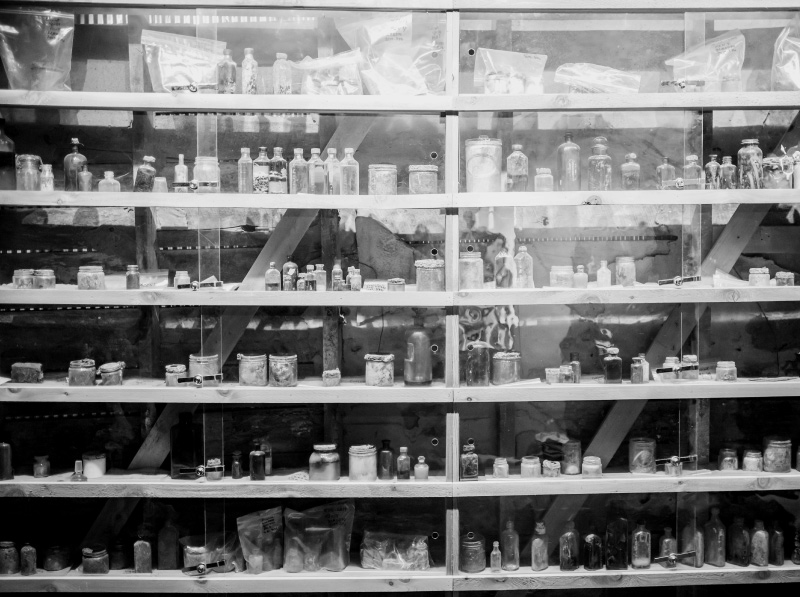
The Baker Hospital Days
In 1937, Norman Baker, a charismatic yet fraudulent figure, acquired the Crescent Hotel and embarked on an ambitious venture. He transformed the hotel into the Baker Cancer Clinic, presenting himself as a visionary healer and claiming to possess the elusive “cure” for cancer. Baker, known for his dubious nature, had amassed considerable wealth from cancer sufferers, leveraging his self-proclaimed abilities and extravagant promotions such as the Madame Pearl Tangley Show and his invention, the Air Calliaphone. He rechristened the Crescent as the “Castle in the Air,” broadcasting his controversial claims over the radio, asserting that he could heal cancer without resorting to surgical procedures.
Despite his grandiose proclamations, Baker’s treatments and medical theories held no credibility in the legitimate medical world. Nonetheless, his methods and outrageous claims caught the attention of the American Medical Association, serving as a stark example of what cancer treatment should not involve. However, it was Baker’s unethical practices in acquiring patients that ultimately led to his downfall. In 1940, he was arrested and imprisoned for mail fraud, putting an end to his reign.
During Baker’s tenure at the Crescent, he made extensive modifications to the hotel. The interior underwent a lavender-themed remodeling, adding a distinctive touch to the premises. Notably, Baker ensured his own security with an escape route from his office suite on the first floor, concealing a hidden staircase. His office boasted a unique six-sided desk that served as the nerve center for his six different businesses, showcasing his entrepreneurial spirit and unscrupulous nature.
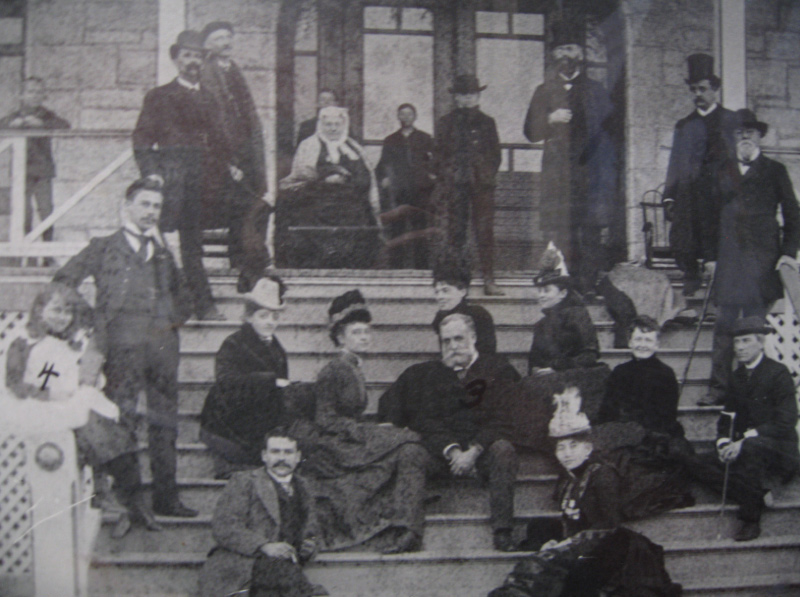
The Crescent Hotel's Revival in 1946
In 1946, a significant chapter unfolded in the history of the Crescent Hotel as it underwent a transformative period of renovations and changes in ownership. Four individuals, namely Herbert A. Byfield, John R. Constantine, Dwight O. Nichols, and Herbert E. Shutter, assumed ownership and set out to restore the hotel to its former glory. With a shared vision and determination, they breathed new life into the historic establishment, ensuring that its grandeur was meticulously preserved.
One of the key strategies employed by the new owners was to establish travel vacation packages in collaboration with the Frisco Railroad. This partnership brought forth a wave of tourists to the Eureka Springs area, eager to experience the charm and allure of the Crescent Hotel. These vacation packages provided travelers with an all-inclusive experience, combining the hotel’s luxurious accommodations with scenic train journeys, creating an unforgettable getaway for visitors.
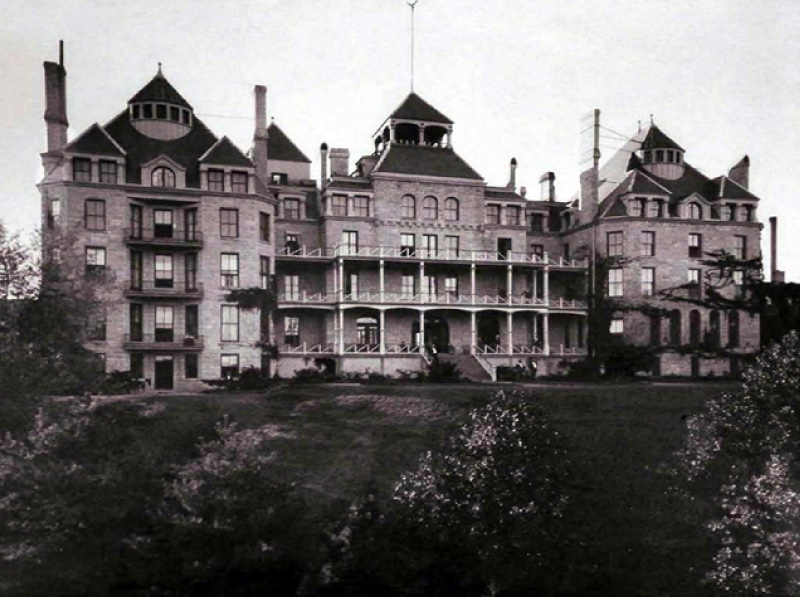
Preserving the Past While Embracing the Future
In 1967, a devastating fire, attributed to faulty wiring, ravaged the penthouse level and a significant portion of the fourth floor of the Crescent Hotel. The destructive incident prompted necessary renovations and repairs. By 1970, the hotel had transitioned into the hands of Resort Enterprises, Inc., with Dwight Nichols being the sole remaining owner. However, in 1972, Crescent Heights Developments, Inc., led by a group of investors comprising Dr. and Mrs. Sam H. Kouri and Mr. and Mrs. Robert Feagins, acquired the hotel. Their collective goal was to revive the Crescent to its former glory while simultaneously introducing modern amenities. In a phased approach, they meticulously restored the property, expanding its facilities. It was during this period that the first reports of supernatural occurrences surfaced, adding to the hotel’s mystique.
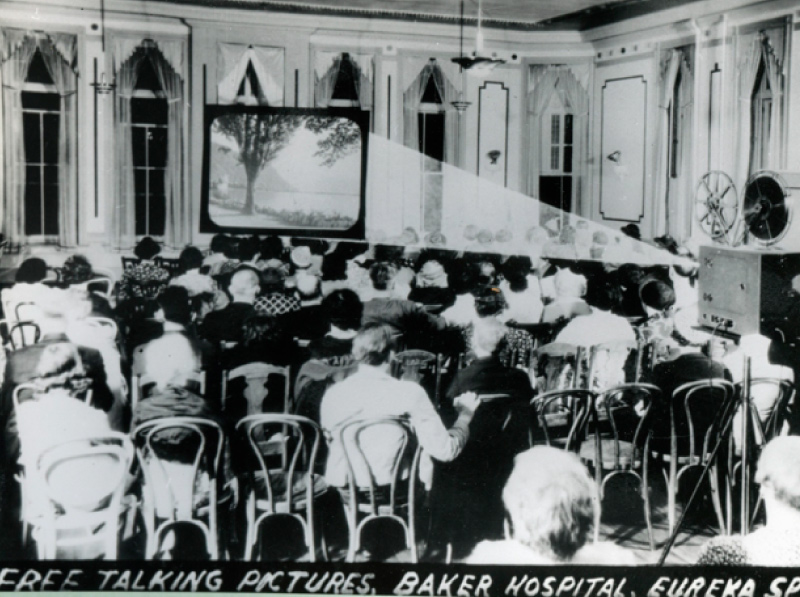
Evolution in Motion: A Remarkable Reorganization
In 1980, a reorganization took place, bringing Riverview Management of Arkansas, Inc. on board as a general partner. Under this new management, the Crescent Hotel witnessed memorable events. In 1985, the iconic Crystal Ballroom played host to a sold-out concert by Willie Nelson, while then-Governor Bill Clinton delivered a keynote speech at an annual chamber banquet. In 1988, the Wichita Federal Savings and Loan of Wichita, Kansas assumed possession of the hotel, only to subsequently sell it to Gary and Carole Clawson, who became the new proprietors.
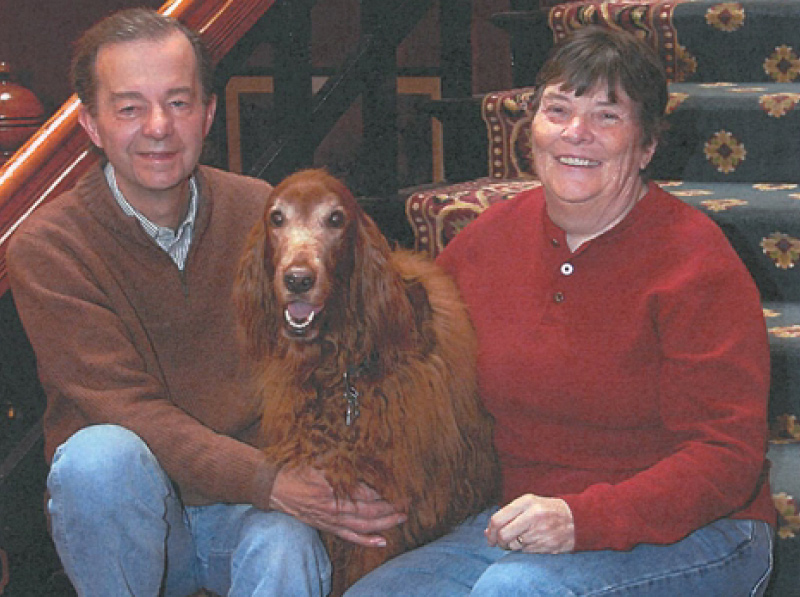
Marty and Elise Roenigk's Quest to Restore the Crescent Hotel's Former Glory
On February 28, 1997, Marty and Elise Roenigk became the owners of “The Grand Ol’ Lady of The Ozarks,” despite its dilapidated condition. Their passion for preservation led them to save this historic structure from complete ruin. In May 2000, during a grand garden party held at the hotel’s Fountain Garden, the Roenigks publicly announced their ambitious ten-year plan to restore the Crescent to its former glory. Mr. Roenigk emphasized the importance of “economic sustainability” for the hotel’s future. Thus began a transformative process that would see the ten-year plan completed in just five years.
The restoration efforts included various developments at the Crescent. One significant achievement was the design and construction of the fifth floor, which had been destroyed in a devastating fire in 1967. The recreated skyline of the original structure was meticulously crafted, while the interior was artistically styled as living quarters for the Roenigks. Victorian color schemes with Richard Pollard’s hand-stenciling were applied to the walls, a theme also seen in the hotel’s lobby. Further enhancements were made with historically themed furnishings, bathroom renovations, and clever redesigns to make the nineteenth-century rooms more appealing to modern-day guests. In 2008, four two-bedroom “treetop cottages” were added to the hotel’s 15-acre mountaintop property, blending seamlessly with Eureka Springs’ architectural style, inspired by E. Fay Jones, a student of Frank Lloyd Wright.
To enrich the Crescent’s wedding offerings, a new Conservatory was built on the site of the original Conservatory used by the Crescent College. This new, glass-enclosed room became the most sought-after venue for wedding receptions. Another notable addition was the New Moon Spa, which occupied the entire Garden Level of the hotel. Initially offering spa services, it expanded to include a full hair, nail, and makeup salon to cater to guests and brides. During renovations, a piece of history was uncovered when the old “duck bowling” lanes were revealed and incorporated into the design of the salon.
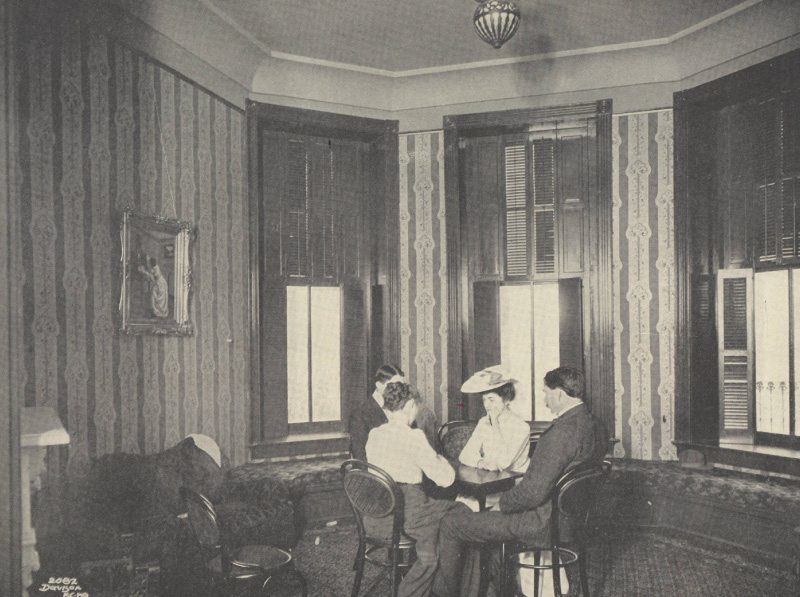
Evolution in Motion: A Remarkable Reorganization
Over the past 25 years, the Crescent has gained a reputation as “America’s Most Haunted Hotel,” thanks to 17 national and international paranormal television shows that have featured this Historic Hotel of America. Its fame reached new heights in 2019 when an accidental discovery revealed the midden of Norman Baker, the charlatan who ran the hotel as a fraudulent “cancer-curing” hospital in the late 1930s. An archaeological excavation uncovered hundreds of bottles of Baker’s “secret formula” and jars containing surgical “medical specimens” removed from patients. This eerie collection added to the hotel’s macabre ambiance, which already included a “morgue” with an autopsy table and cadaver walk-in cooler from the Baker era. These ghostly aspects are showcased during nightly hotel ghost tours.
Most recently, the Crescent introduced a thrilling addition: a comprehensive year-round schedule of daily resort activities and the Frisco Sporting Club. Guests can enjoy popular activities like hatchet throwing, large outdoor games, and free-flying swings. The hotel also offers scheduled nature hikes, walking trails, mountain biking trails, history tours, sunrise yoga, wine tastings, watercolor art classes, and much more. These endeavors have transformed the Crescent into a true mountaintop spa resort.
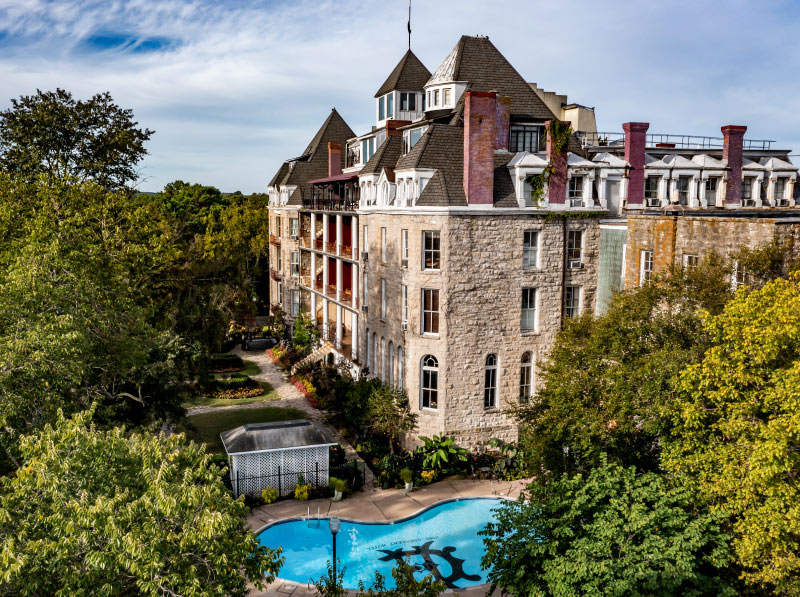
Elise Roenigk's Commitment to Marty's Mission
In 2009, the hotel and the entire community experienced a devastating loss when Marty tragically passed away in a car accident. However, Elise seamlessly carried on his goals and loving stewardship of the hotel. Her unwavering dedication to the property and the hotel’s employees has only grown stronger. Without her commitment to the two-decade-long efforts, the Crescent would not be the successful and highly regarded destination resort hotel it is today, proudly known as “The Symbol of Arkansas Hospitality.”
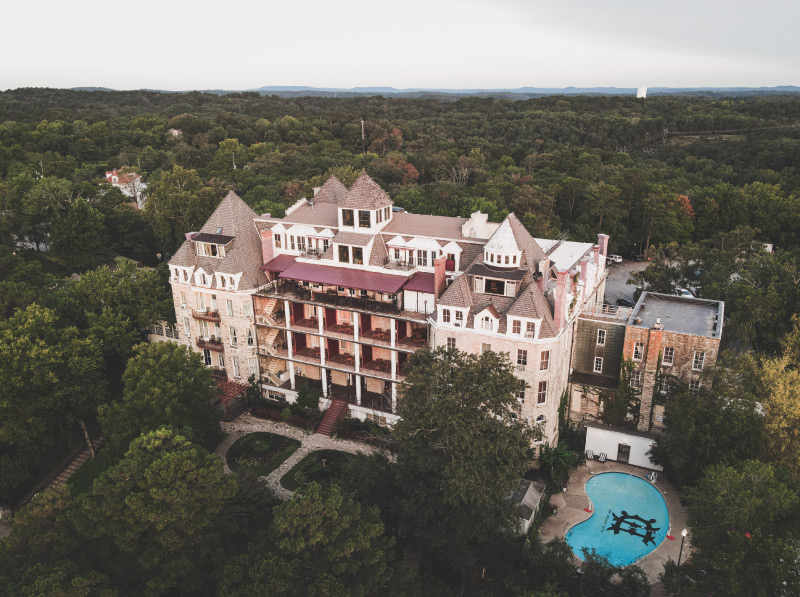
Live the Legend: Embracing Timeless Charm and Modern Comforts
Today, as you step foot into our carefully restored halls, you’ll find a harmonious blend of timeless charm and modern comforts. The Crescent Hotel continues to pay homage to its illustrious past, with touches of nostalgia evident in its grand architecture, meticulously preserved details, and artifacts.
Join us on a journey through time as you wander our historic corridors, immerse yourself in intriguing stories, and discover the secrets held within these walls. Visit the 4th-floor hallway for your own self-guided historical tour that unveils the captivating tales of the Crescent Hotel, our commitment to honoring the past is unwavering.
Embrace the opportunity to be part of the Crescent Hotel’s ongoing legacy, where history and hospitality converge to create an extraordinary experience. Immerse yourself in the captivating ambiance, and let the stories of the past unfold before your eyes. Welcome to a place where the echoes of the past still resonate, and where history becomes an integral part of your stay at the Crescent Hotel.
Curious for More Insider Knowledge?
If you’re crafting your next compelling article or creating an engaging podcast on the history of the Crescent Hotel, we’ve got you covered! Reach out to us and dive deeper into the captivating stories of this iconic landmark.
